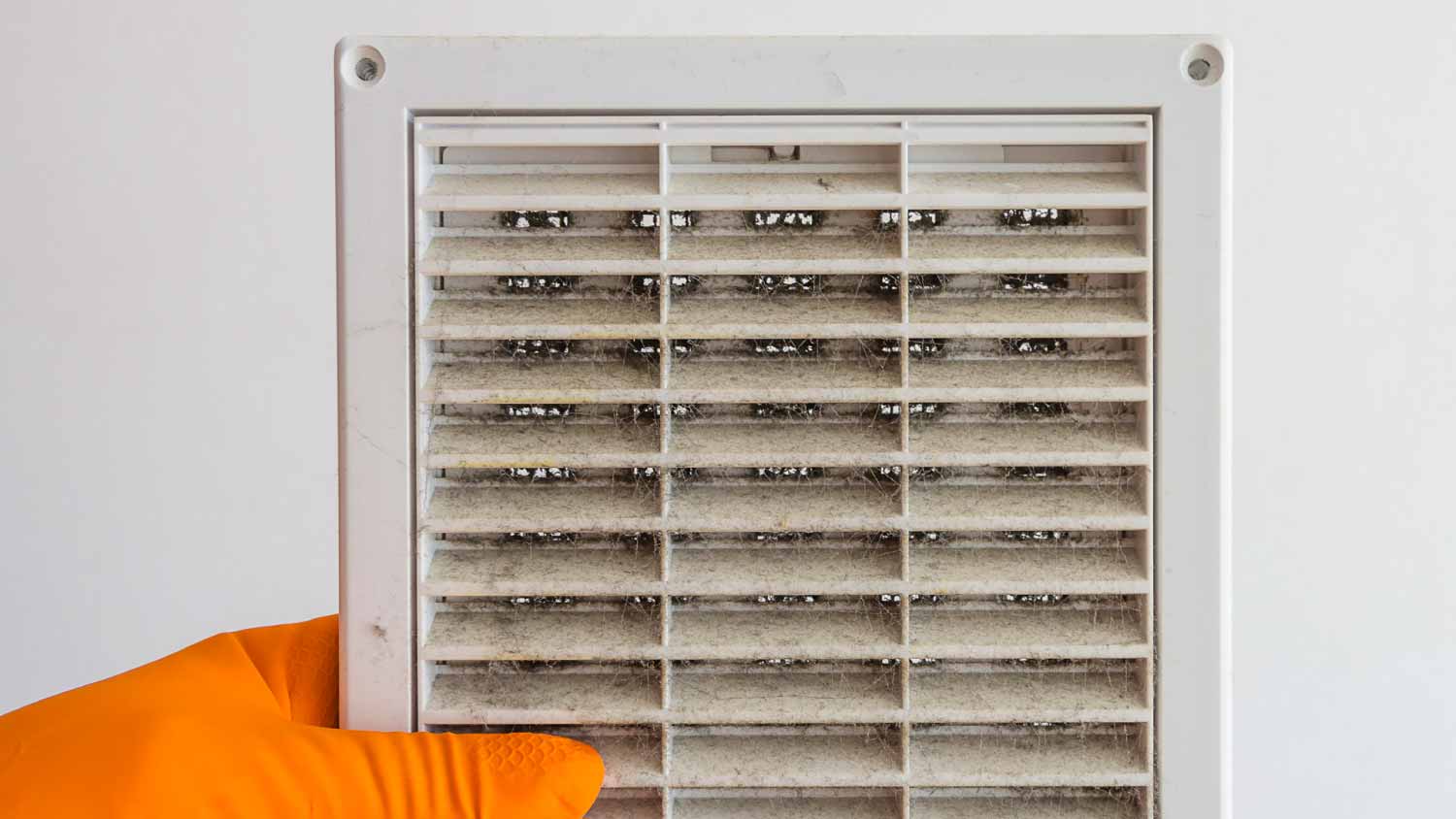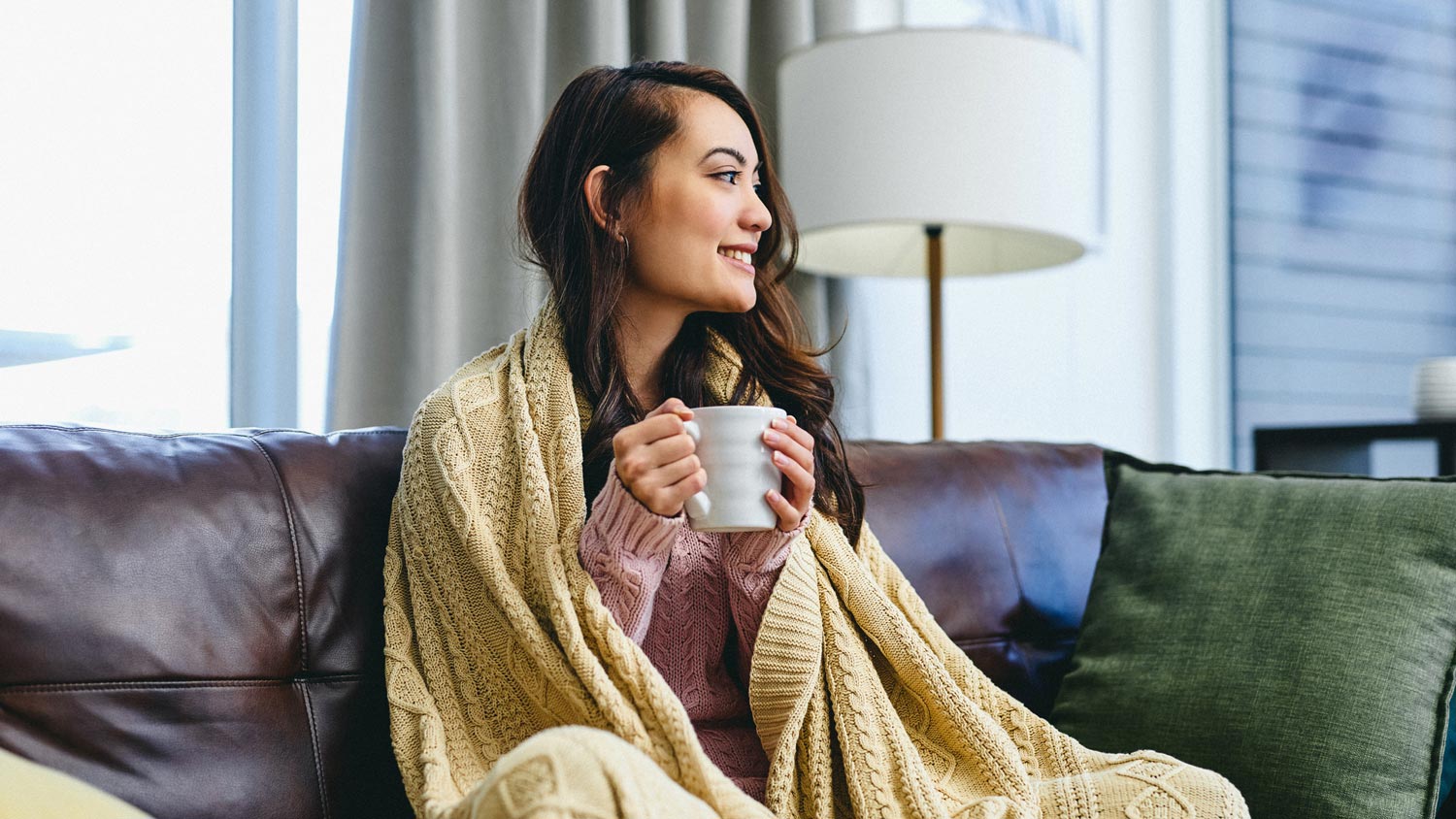5 Types Of Dampers In HVACs: Everything You Need to Know
Dampers are a key component to your HVAC system


Dampers increase the efficiency of HVAC systems.
HVAC dampers control the volume, speed, and direction of airflow.
It’s best to hire a HVAC professional to replace outdated dampers.
It’s no secret that HVAC systems have many working parts that allow them to operate efficiently. Most people don’t think about the components of this complex system until one stops working. However, knowing the type of damper in your HVAC systems can help you repair or replace broken parts faster.
Dampers are a vital part of the HVAC system and help control the airflow to specific parts of a home or building. They are movable plate-like components located at the main trunk line and supply ducts. Let’s dive into the various types of dampers in HVACs so you can identify which type is in your system.
1. Louver Dampers

Louver dampers in HVAC systems consist of a series of horizontal blades that you can adjust to control the airflow’s amount, speed, and direction. This type of damper is one of the most common dampers used in homes because they prevent backdrafts and increase energy efficiency.
These dampers can isolate different zones or sections of the system when necessary. For example, if the system requires maintenance or an emergency repair is needed.
| Pros | Cons |
|---|---|
| Customized to fit various size systems | Potential air leaks if installed improperly |
| Fairly inexpensive to replace | Prone to wear and tear and can affect performance |
| Reduce energy consumption and costs | Potentially noisy |
Best for: Controlling volume and direction of air
2. Blade Dampers
Blade dampers have thin metal plates inside a metal frame. These blades can have parallel or opposing configurations. The opposing blades move in opposite directions to open and close, whereas parallel blades move in the same direction.
Opposing blades have more control over directional airflow than their parallel counterparts. However, both types are very durable and optimal for restricting airflow when needed. These types of dampers in HVAC systems are commonly used in industrial and commercial buildings.
| Pros | Cons |
|---|---|
| Easy to install | Parallel dampers may have less control over directional airflow |
| Great airflow control | Consistent opening and closing can cause loosening or wear and tear |
| Cost-effective | May require regular maintenance |
Best for: Maintaining and directional airflow
3. Butterfly Flat Dish Dampers
Butterfly flat dish dampers have a round blade that pivots on a central hinge that allows it to open and close shut. If you’re looking for your damper, you can spot this frame because it’s made of galvanized steel or aluminum.
When open, butterfly flat dish dampers allow air to flow in one direction, making them optimal for preventing backdrafts. These dampers can tolerate high pressure, making them ideal for heating and cooling systems.
| Pros | Cons |
|---|---|
| Simple to install | Not as efficient as blade dampers for stopping air flow |
| Space-saving | More expensive |
| Efficient airflow control | Noisy if installed incorrectly |
Best for: Round ducts and isolated air control
4. Inlet Vane Dampers

Inlet vane dampers in HVACs look like fans, although they can be custom-made into various sizes. They control the airflow that enters the system, adjusting the angle of the vanes. When the vanes are open, they allow maximum airflow, and when they’re closed, the air is reduced.
An actuator controls this type of damper by signals from the pressure or temperature sensor. Inlet vane dampers assist in improving the efficiency by regulating your home’s airflow.
| Pros | Cons |
|---|---|
| Reduced maintenance | More expensive |
| Improve system efficiency | May be susceptible to corrosion if not maintained well |
| Can be custom fit | Actuator can fail |
Best for: Stability and control of airflow
5. Guillotine Dampers
Guillotine dampers are more common in large commercial or industrial buildings. The name is fitting because, well, this type of damper looks like a guillotine. They have a single, heavy-duty metal blade placed in a metal frame.
You can move the damper up or down to shut off air flow completely. They are ideal for situations that require a tight seal because it prevents air from leaking into the duct system.
| Pros | Cons |
|---|---|
| Cost-efficient | Not useful in homes |
| Increased safety | Large and heavy |
| Low maintenance | Made specifically to shut off air flow |
Best for: Cutting off airflow completely
Can I Replace a Bad HVAC Damper Myself?
Unless you have previous professional HVAC experience, it’s best to leave HVAC repairs or installations to the professionals. The cost will depend on the damper’s condition and issue, plus whether other maintenance is required. However, the average cost to replace a motorized damper is $350, but can range between $250 to $450.
However, you will avoid the risk of injuries and improperly installing the damper by having a professional air conditioner installer near you complete this task for you. HVAC professionals have the skills, tools, and expertise necessary to restore your heating and cooling systems to their best condition.





- Furnace Repair
- Air Conditioning Repair
- HVAC Repairs
- Furnace Installation
- Wood & Pellet Stove Repair
- Dehumidifier & Humidifier Repair
- Heat Pump Companies
- Swamp Cooler Repair
- Wood Stove Services
- HVAC Companies
- Commercial A/C Repair
- Geothermal Installation
- Air Conditioning Installation
- Boiler Repair
- 24 Hour Furnace Repair
- Geothermal Repair
- Heat Pump Repair
- Humidifier Installation
- Thermostat Repair
- Thermostat Installation
- Nest Installation
- Heating & Cooling
- Heating Repair
- Furnace Cleaning
- Furnace Tune-Up
- HVAC Technicians
- Subcontractors
- Furnace Maintenance
- Plumbing & Heating Companies
- Wood Stove Inspection
- Mini Split Installation
- Wall Heater Repair
- Duct Installers
- What Are HVAC Dampers and How Do They Work?
- How to Find Dampers in Ductwork and Adjust Them to Control Your Home’s Airflow
- 9 Ways to Balance Duct Airflow
- What Is a Chimney Damper and How Is It Used?
- What to Know About Return Air Duct Design
- Why Does My Ductwork Make Banging Noises?
- How to Get More Airflow From Vents to Control Your Home’s Temperature
- Why Some Rooms Are Colder Than Others and How to Fix It
- Why Your Ductwork Is Popping When Your Furnace Turns Off (And How to Fix It)
- DIY Air Duct Cleaning Tools and How to Use Them










